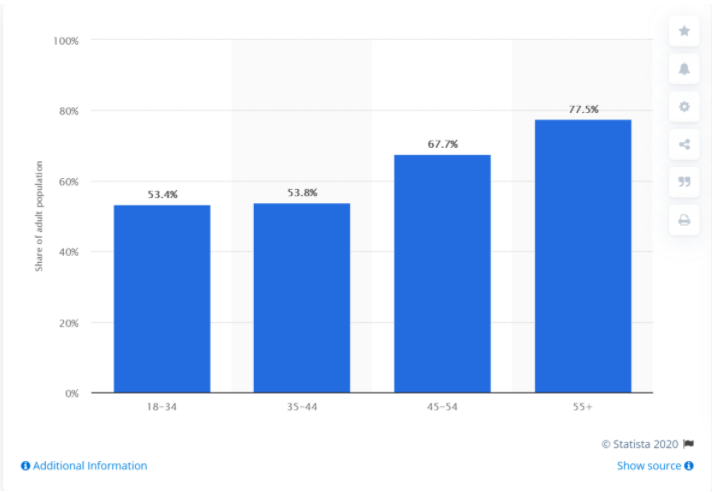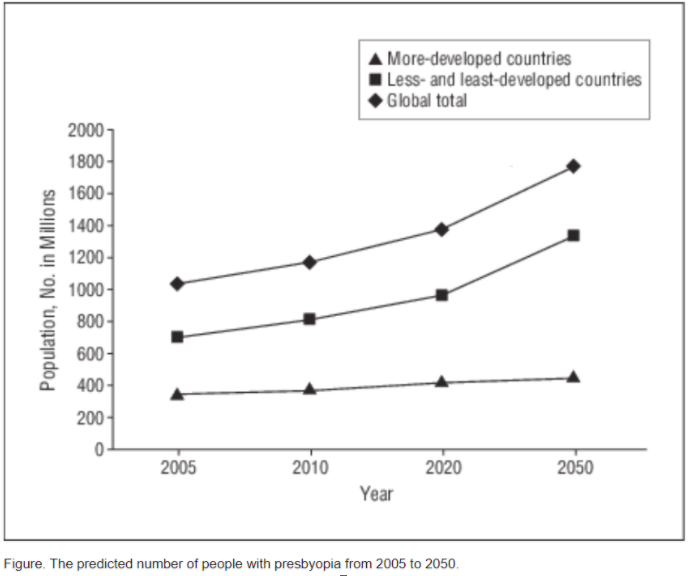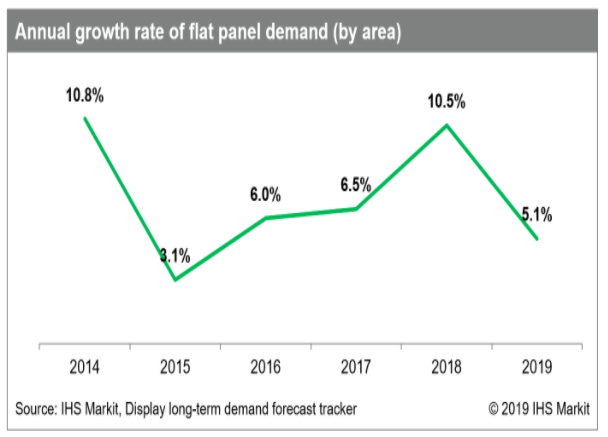Perfect vision without glasses
Vision and value proposition: Perfect vision without glasses
The problem: The common defects in human vision, such as myopia, hyperopia, astigmatism, and presbyopia, have traditionally had a one-sided approach for their correction, the use of optical correction with wearable glasses or contact lenses.
While the traditional approach is a very accessible and universally accepted non-invasive solution, the reality is that most people using glasses or lenses, would rather to not to have to use them, nor to have to undergo corrective surgery.
The evolution and democratization of technology, has brought an overwhelming adoption of devices with a display. These displays are complex instruments that deliver much greater quality than their predecessors, in the way, they compose images and represent chroma, luminosity, and many other customizable parameters.
Can you imagine working with your pc or laptop, using your cell phone, your tablet, and watching television without using correction glasses or lenses? This solution brings comfort and convenience to users.
Target market and opportunity:
According to the Vision Council of America, approximately 75% of adults use some sort of vision correction. About 64% of them wear eyeglasses, and about 11% wear contact lenses, either exclusively, or with glasses. Over half of all women and about 42% of men wear glasses. Similarly, more women than men, 18% and 14% respectively, wear contacts. Of those who use both contacts and eyeglasses, 62% wear contact lenses more often.
The global flat panel display market was valued at $116.80 billion in 2018 and is projected to reach $189.60 billion by 2026, registering a CAGR of 6.10% from 2019 to 2026. A flat-panel display is an electronics viewing technology that projects information such as images, videos, texts, or other visual material.
Share of adult consumers who currently wear eyeglasses in the United States in 2016, by age group (Source, Statista)



The solution:
The product should preferably be delivered as a factory-installed solution, alternatively can be a downloadable app.
The existing technology should allow two different approaches to this problem:
- A software layer on devices with a display to allow to manually focus the pixels and mimic the dioptric optical corrections.
- A user interface on the device which accesses the focus calibration of the device.
The customer will have access to an interface that will allow them to calibrate the screens of their personal devices to allow focusing to match their optical correction.




Hi Jorge,
I am a person who is VERY interested in your proposal of not having to use glasses for both distance and reason. So Kudo for thinking of this population!
Being honest, I read this a couple of times to better understand that this innovation would ONLY help those who wear glasses when seeing screens. It does not help with other uses for glasses, like driving. Also, for contact wearers, this product may not provide benefit, i.e. watching TV from a couch a few feet away (when I need distance).
That said, there is one exception that I am well familiar with. I do like to wear my contacts for distance, but with such power, I cannot see my computer screen or my phone. Instead of taking my contacts in and out, I wear Rx reading glasses over my contacts. I would like a solution for this. But, now here is another possible objection. I have to buy different displays for the different screens i.e. one for my computer (s) and one for my phone? How will that work? How many of these instruments do I need to buy? Happy to further discuss.